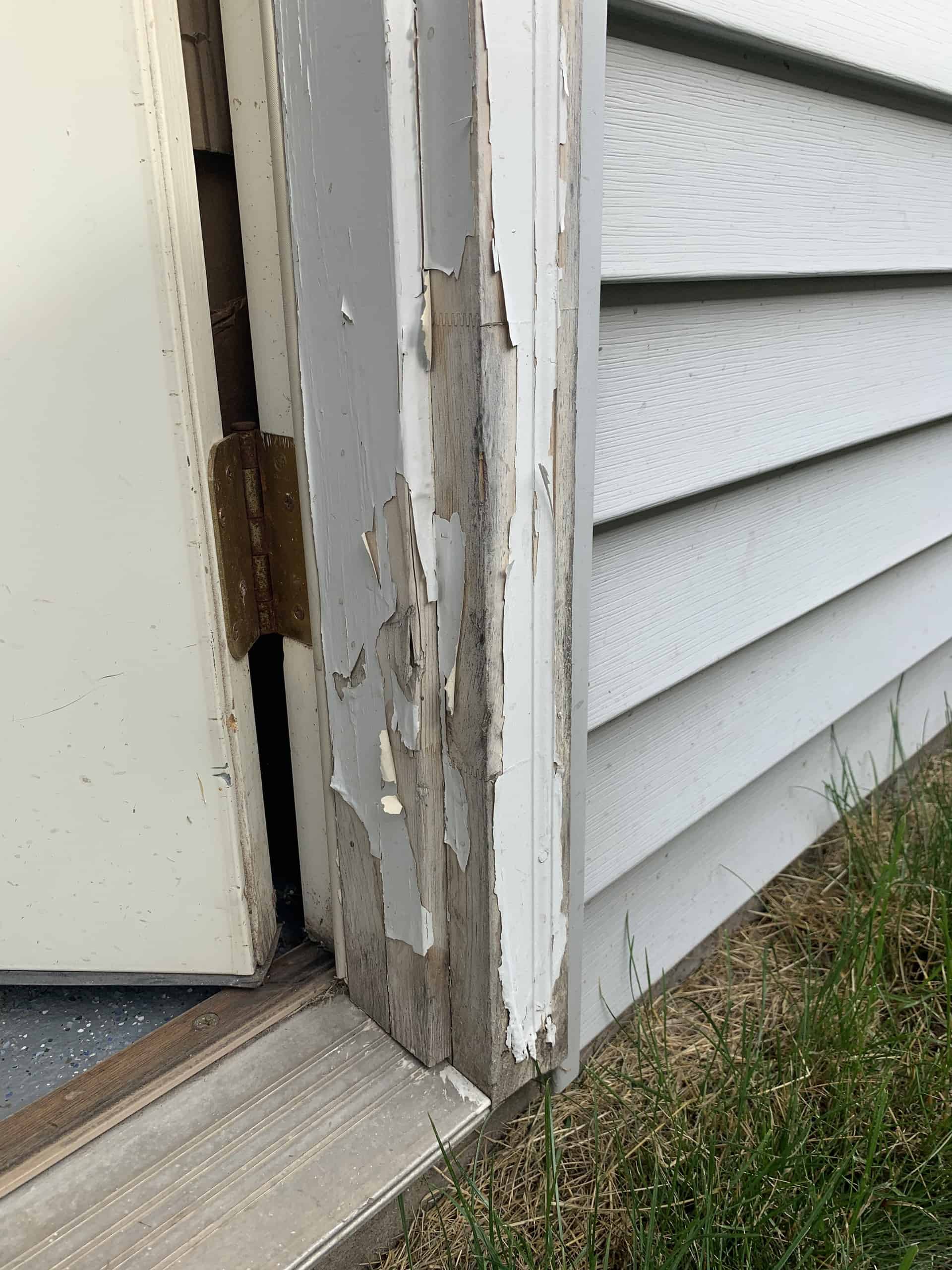While the thought of the sale of your home being contingent on a home inspection may be nerve-racking, There are a number of low cost repairs that can be made prior to the inspection on your home. We’ll highlight 3 common exterior tips for repairs that will likely save you time and energy after the inspection.
#1. Peeling Exterior Paint– While it doesn’t seem like a little bit of peeling paint may cause a big fuss, there are a few types of home loans that require peeling or chipped paint surfaces to be remedied prior to closing on the home. Not only that, but peeling or chipped paint exposes the building materials, allowing the rot/decay process to take place. Taking a day to paint necessary areas of peeling or chipped paint takes one step out of repairs that may be required or recommended in order for closing!
#2. Exposed Fasteners on the Roof Surface- The first and most vulnerable area for moisture to enter your home is the umbrella protecting it. The roof. Our roof structure will generally consist of one or multiple roof penetrations. These are likely to be plumbing stacks, chimneys, attic ventilation or exhaust vents. Flashing is always required along these penetrations and should always be installed in accordance with the instructions from the manufacturer. Should any nails be installed to secure flashings, they must be covered by overlapping shingles or roofing sealer. Common application in our region is multiple fasteners on the top, bottom, and sides of the flashing and often exposes the bottom portion of the flashing. Bottom line is that if you are able to see a nail head along the roof surface or flashings, it will go a long way in your next home inspection to apply approved roofing tar/sealant to the surface nail heads.
#3. Downspout Extensions- It’s completely understandable that they’re likely at the top of the list of “things to mow around”, but it’s more than proven that they role in a dry basement is crucial. Maybe they were put away from the winter, it hasn’t rained in forever, or they’re just down right pesky to deal with. Making sure that all of the downspouts around the home are properly fitted with a (best practice) 6′ downspout extension away from the foundation, will give you peace of mind during the inspection of your home.




